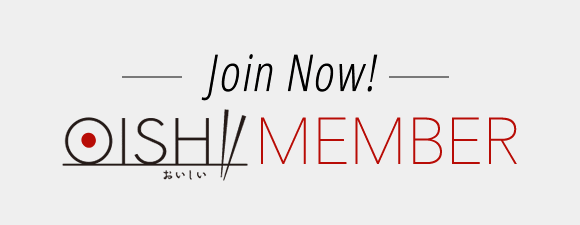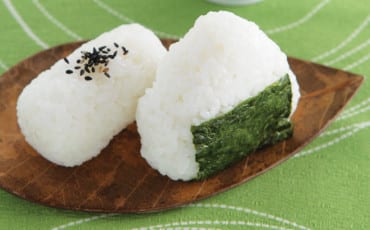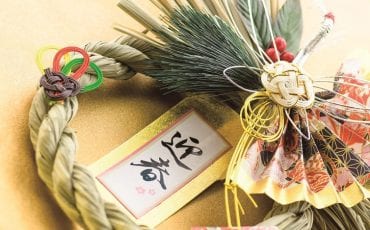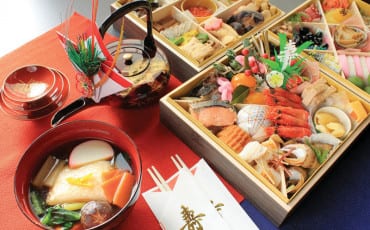- OISHII
- OISHII Wiki
- Dishes
- Osechi
OISHII Wiki
Dishes
Osechi
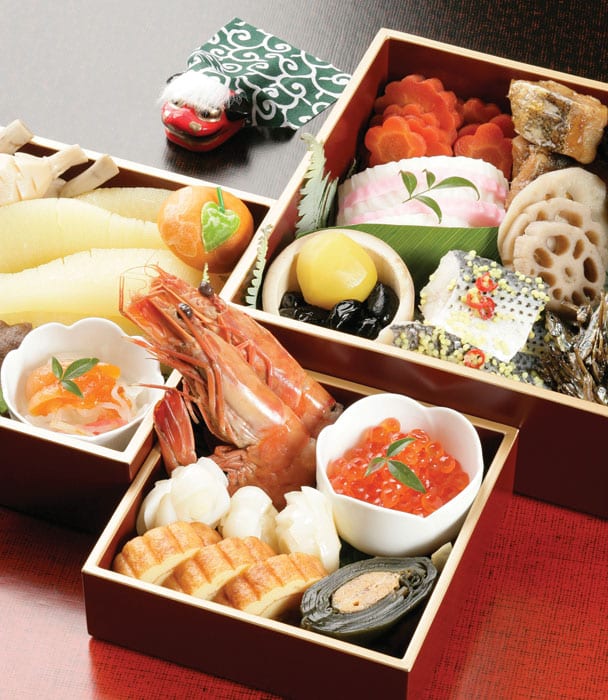
Arguably the most important meal of the year, osechi ryori is typically prepared a few days before New Year’s Day— tradition dictates that no cooking should be done on 1 January itself as it’s a day for rest. As such, most of the food that goes into the jubako (special boxes that the dishes are served in) is usually preserved in sugar or vinegar, or stewed with sugar, soy sauce, and mirin. Each of the dishes that goes into the box is in some way significant to the Japanese. For instance, kuromame (black soy beans simmered in sugar and soy sauce) is a symbol for good health, while datemaki (a sweet rolled omelette mixed with fish cake) stands for the development of culture and learning due to its resemblance to a scroll.
The shape of the kouhaku kamaboko (Japanese fishcake) is said to resemble the first sunrise of the new year, while their red and white colours function as a talisman against evil and stand for purity respectively. Another important aspect of the jubako is kazunoko (herring roe). Made up of many tiny eggs in a cluster, this kazuno symbolises fertility as well as a wish for an abundant harvest. Another must-have in the box is renkon (vinegar lotus root): the holes stand for a bright and unobstructed future. Last but not least, there’s the hoshigaki (dried persimmon). As its skin resembles that of an old person, it symbolises longevity.
There are many other dishes that go into the meticulous preparation of osechi ryori—be sure to ask your Japanese friend to tell you about the significance of the rest the next time you have the good fortune to tuck into a jubako.

